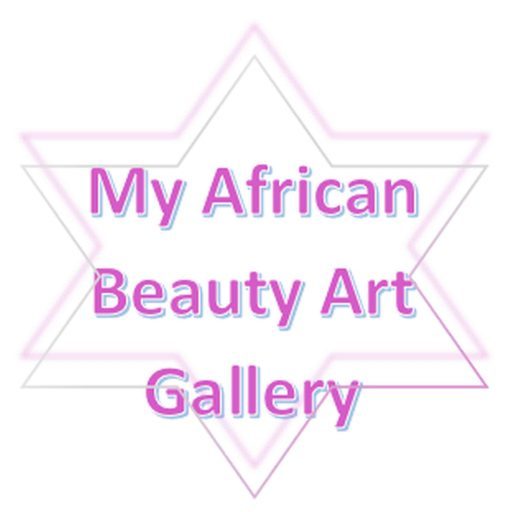- Population: 2.3 million people (2016)
- Capital: Windhoek, which means ‘windy corner’ in the Afrikaans language, is the country’s largest city with 326.000 inhabitants.
- Nickname: ‘The Land of the Brave’
- Government: Republic, Independent only since 1990
- Independence Day: March 21
- Language: English (official language), and 132 other recognised languages such as Oshivammbo, Nama/Damara, Afrikaans (spoken by most of the population), German (as Namibia was formerly a German colony) and several African languages
- Religion: over 80{a1a33444ee922ad961904607c501cbe84d9cddb45266103b20616805d66fa906} Christians (more than half of the people belong to the Evangelical Lutheran Church)
- Currency: 1 Namibian Dollar (NAD)= 100cents
- Unemployment: 34.3{a1a33444ee922ad961904607c501cbe84d9cddb45266103b20616805d66fa906} of the people are jobless.
Where is Namibia?
The country is located in Southern Africa, an 11-hour flight from London/England or a 3-hour flight from Johannesburg/South Africa. The African country shares state borders with South Africa in the South, Zambia and Botswana in the East and Angola to the North.
Namibia Facts:
Namibia Geography
The most parts of the country lie on a high plateau. The central plateau is over 2,000 metres/2,650 ft. high and borders the Skeleton Coast with the Namib Desert in the West, the Orange River in the South and the Kalahari Desert in the East.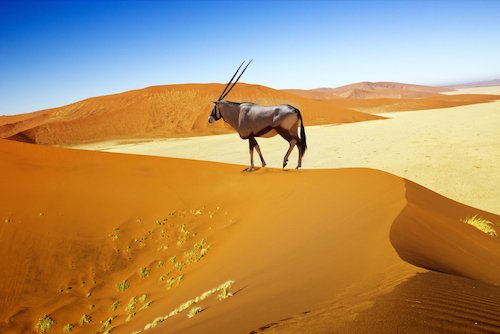 Dunes landscape in the Namib desert
Dunes landscape in the Namib desert
The Namib Desert stretches along the Atlantic ocean over 1,000 km/621 miles with huge dunes as far as the eye can see. This desert is considered the oldest desert in the world and has been arid (dry condition) for more than 55 million years. The Namib also has some of the highest dunes in the world.
The Kalahari Desert stretches along the eastern border of the country and is varied in vegetation. Some parts are very dry and desert-like whereas others have more grassland and mountainous and rocky regions.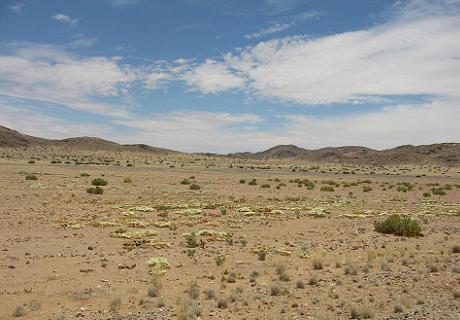 Driving through Southern Namibia26Save
Driving through Southern Namibia26Save
The highest mountain in Namibia is the Brandberg mountain (‘fire mountain’) with its highest peak called Königstein (which is called ‘king’s peak’ in English, actually the name comes from the German and would mean king’s rock!) with 2,606m/8550ft.
Namibia is almost as big as half of Alaska, pretty huge! And the vast country is almost as sparsely populated as is Alaska and is the second sparsely populated country on the African continent, after Western Sahara.
Namibia was the first country to sign a statement that includes the protection of the environment into the country’s constitution!
Namibia Animals
In Namibia you can enjoy seeing plenty of wild animals, whether you are visiting places in the desert, close to the Atlantic Ocean or in the bushveld. The Namibian National Parks and Game Reserves are especially good for viewing some the wildlife in Africa.
On this photo you can see lots of animals that came to drink at the waterhole at sunset. We captured this image at the Omaruru Game Lodge in the centre of Namibia.
Namibia Facts:
Namibia People
Most of the people living in Namibia are Black Africans. As Namibia was a former German colony, there are still many Germans living in this Southern African country. In some towns like Swakopmund, Lüderitz and Walvis Bay you will not only find German names on shops, menus and signs, but will also be able to hear many people communicate in German in the streets.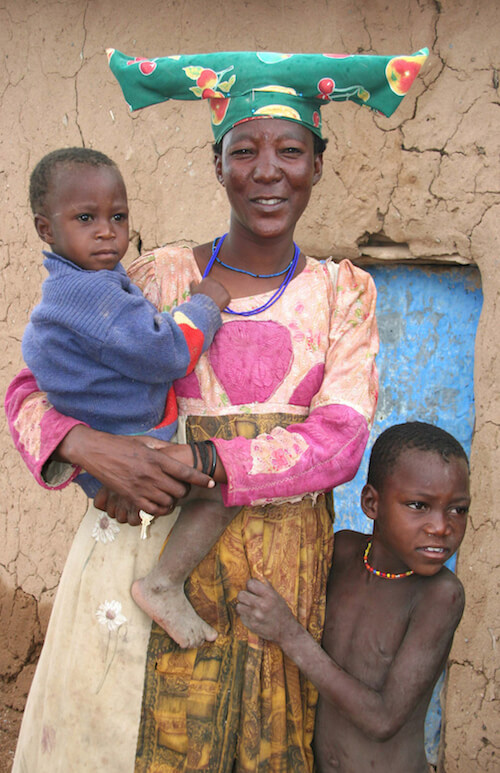 Herero woman with children
Herero woman with children
There are many tribes sharing the land, of which there are the Herero (see in the picture with the interesting headwear and often wearing many layers of skirts), the Nama, the Himba and Kavango or the San Bushmen and many others. The Owambo which live mainly in the northern parts of Namibia, are the biggest tribe. More than half of all Namibians belong to the Owambo. More than half of the Namibian belong to this tribe.
Interesting Language Facts
Several indigenous African languages are spoken as home languages as well with Oshiwambo being the African local language which is most widely spoken and understood. This is how you can say ‘hello’ to the locals (in German, in Oshiwambo and in ‘Namibian’ English):
Even though English is the official language in Namibia, many people are more comfortable speaking Afrikaans or German. About one third of Namibians speak German because Namibia as South West Africa was settled by German immigrants in the last century. Namibia was a German colony between 1884 and 1915 then it became South West Africa and was ruled by South Africa until Independence in 1990. Many Namibians therefore now speak Afrikaans, which is one of the official languages in South Africa, at home.
Namibia Facts:
Namibia Food
There is a wide variety of food available in Namibia with the ocean supplying fish and seafood and the farms in the countryside providing lamb, beef and ostriches.
There are as well exotic sounding game dishes made with with kudu and springbok meat in form of steaks, fillets or as ingredient in a typical potjiekos/stew.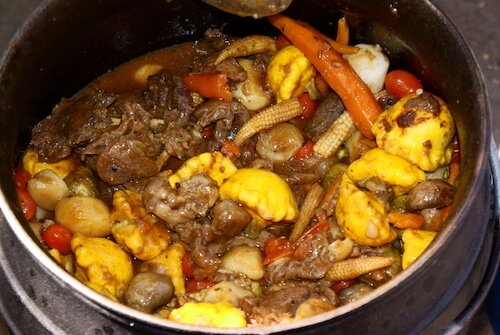 Potjiekos
Potjiekos
The most commonly known dishes are:
- pap: porridge made with cornmeal, usually very thick so it can be eaten with the hands
- potjiekos: slow cooked stew made with a variety of vegetables and meat in a heavy cast iron pot, made usually over the open fire.
- braaivleis: grilled BBQ-meat
- Mopane worms: crispy fried caterpillars
- kapana: grilled meat strips, usually sold in townships or in street markets, can be made with any kind of meat
Namibia Attractions:
What is great to visit in Namibia?
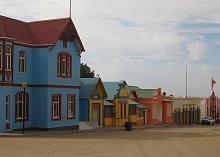 Colourful colonial houses in Lüderitz
Colourful colonial houses in Lüderitz
- Lüderitz and Swakopmund: Explore the colonial history
- Orange River and Fish River: Canoe or hike in the canyons
- Windhoek, the capital city: Visit museums and learn about the countries history, culture and geology and admire the meteorites on display in the pedestrian zone
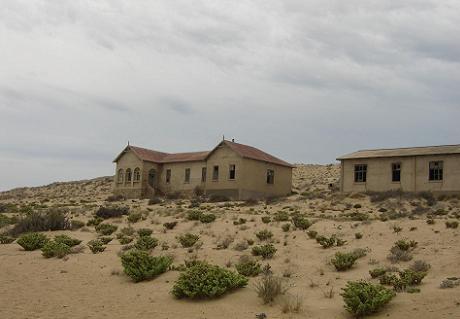 Kolmanskop, old German town in the desert near Luederitz
Kolmanskop, old German town in the desert near Luederitz
- ‘Ghost Town’ Kolmanskop: Go back to ‘Diamond Fever’ time of the former German colony
- Etosha Pan and the North: Great for wildlife viewing
- Soussousvlei and Kalahari: Desert and dunes as far as you can see
